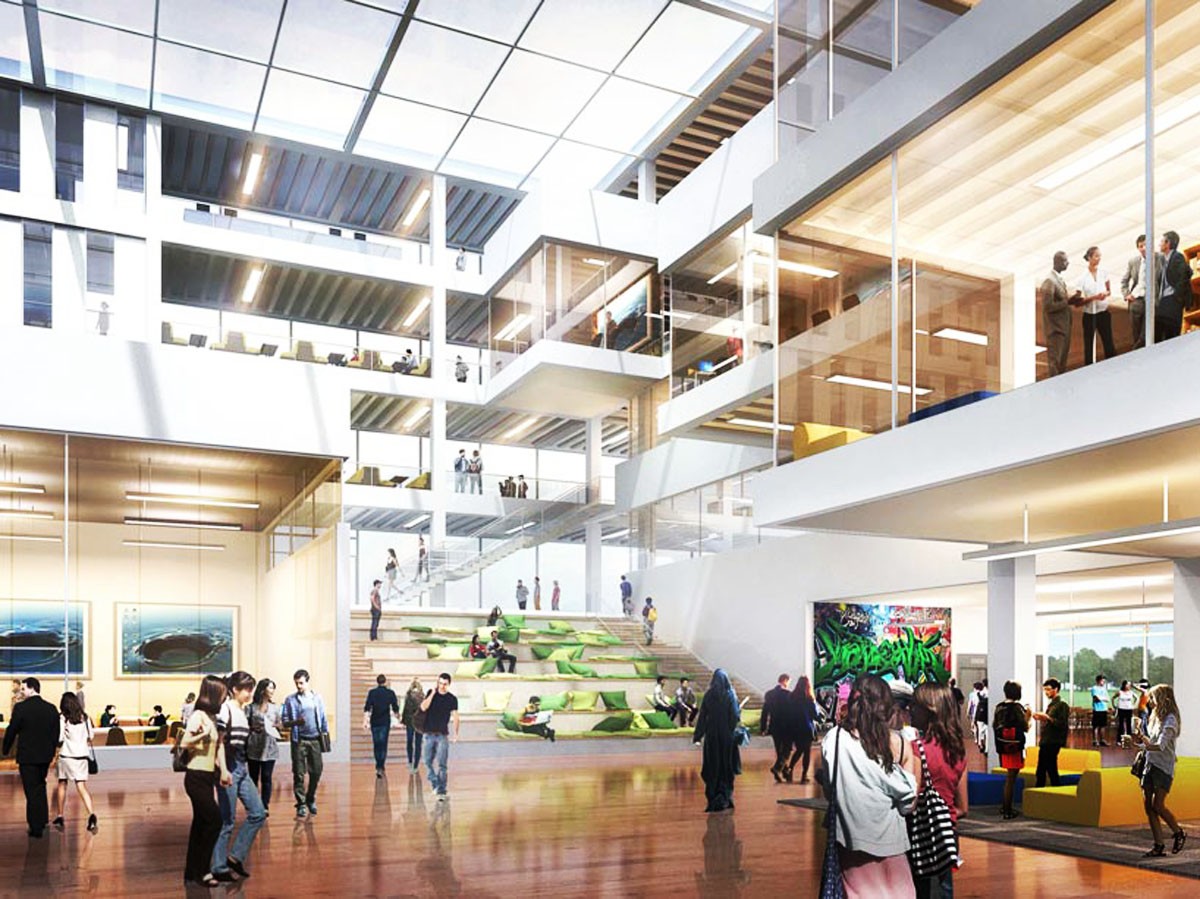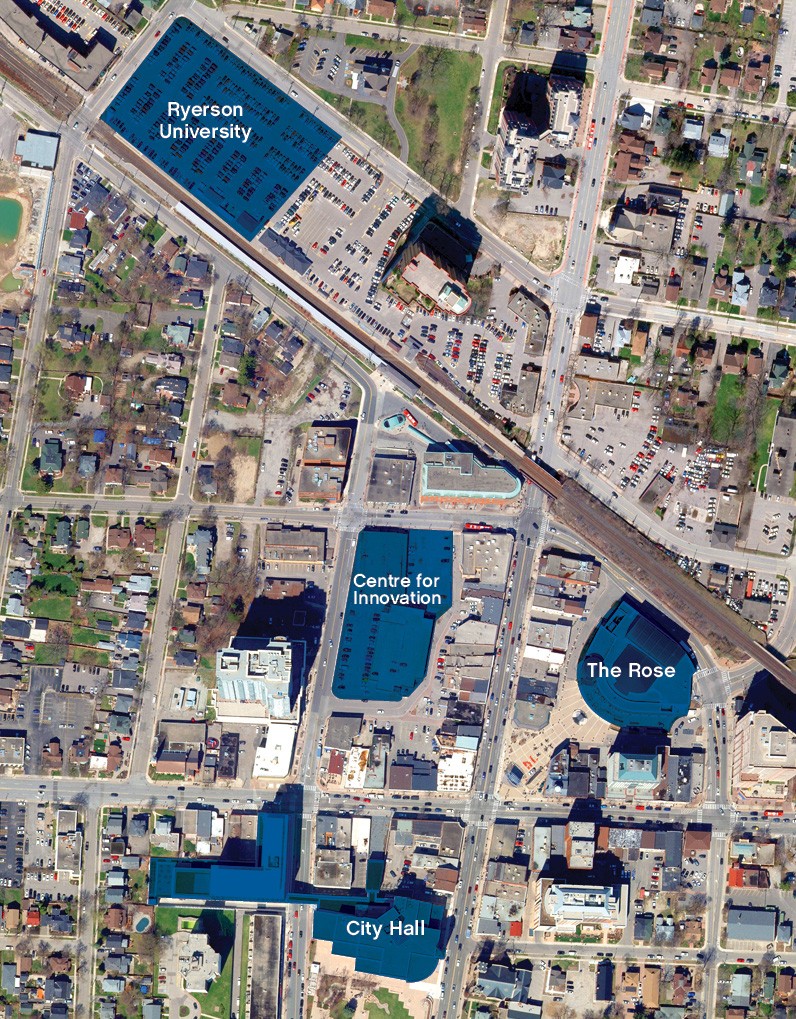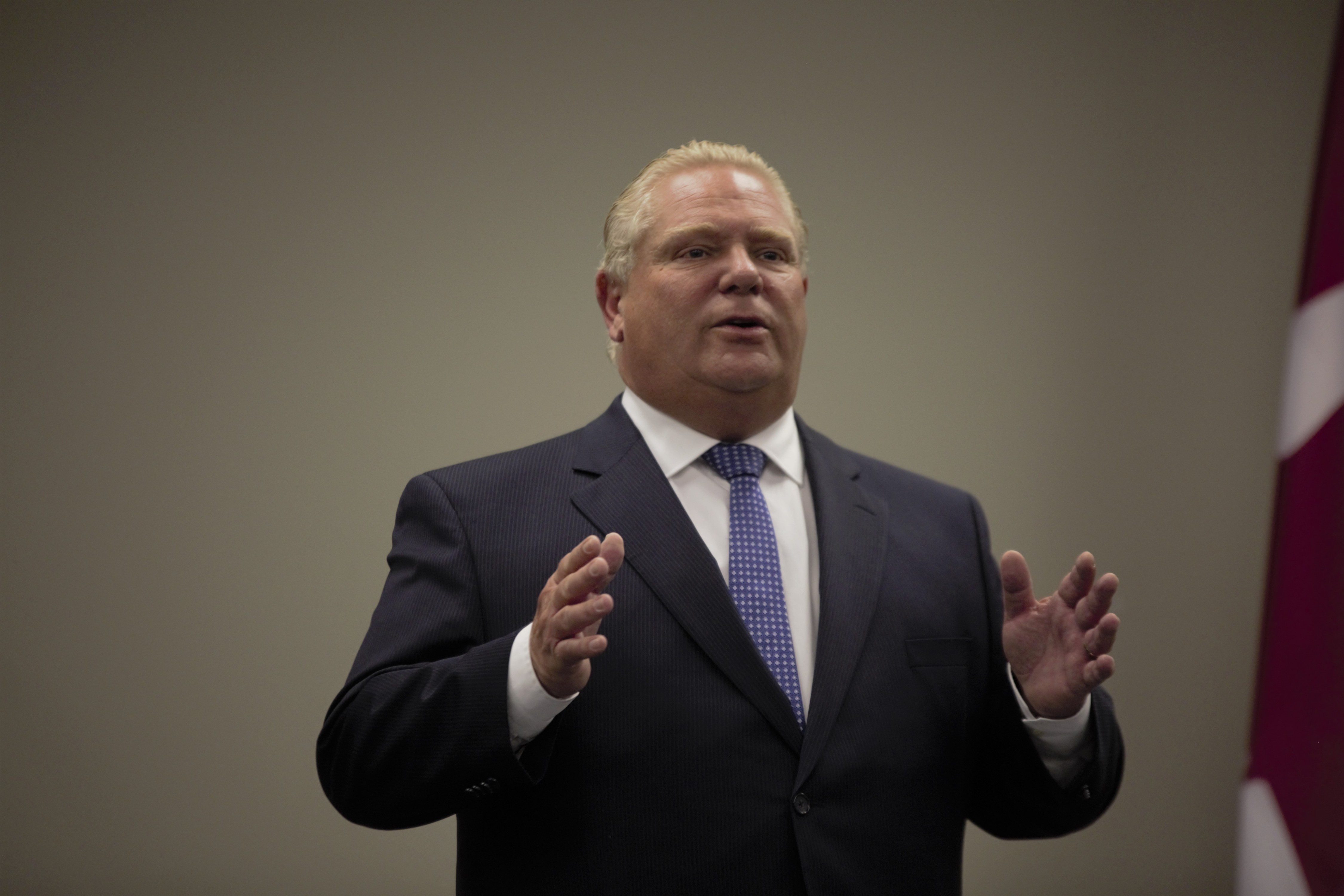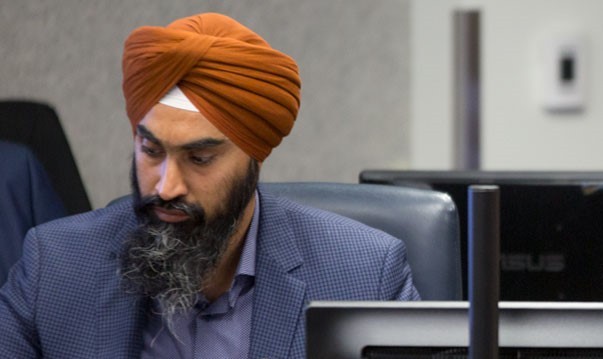
Updated: Brampton councillors say they will pursue ideas for university funding after Ford's $90M claw-back
Brampton council members are considering how to move forward with a planned project for the city's first stand-alone university campus, after Doug Ford's PC government made a shocking announcement Tuesday night, pulling $90 million in funding that had been previously approved for the plan.
Councillor Gurpreet Dhillon, who will be moving to a regional seat after his Monday victory, told The Pointer that staff and council members are currently looking into alternatives, after Tuesday's announcement caught everyone by surprise.
Councillor Jeff Bowman, who will return for a second term, also told The Pointer that the university should be pursued, despite the province's stunning decision.
“I don’t know where we could get the funding, I don’t know if the tax base really wants to accept (the burden),” he says. Yet, it doesn’t eliminate the importance of the project to the downtown, he said.
“I think Brampton needs this university, I think it’s a very important part of our infrastructure and planning for the future.”
Ford's government cancelled the $90 million in funding promised by the Kathleen Wynne-Liberal government for a new university campus in downtown Brampton, in partnership with Ryerson University and Sheridan College, after the PC's said it was too expensive at a time of fiscal belt-tightening because of the deficit that was inherited. The claim came after PC MPP candidates now serving in the legislature championed the funding while campaigning during the spring election in communities that had been promised new campuses. Brampton's was set to open in 2022, after a location near the downtown GO station had been selected.

Two other municipalities, Milton and York Region (Markham) will also lose funding that the previous Liberal government had promised for new university campuses. In total, Ford will save about $305 million through his dramatic move.
The surprise decision, less than a day after Patrick Brown was elected to be the next mayor, defeating outgoing mayor Linda Jeffrey, came as a shock to the city.
“We had no idea and we learned about the cancellation like everyone else yesterday,” said Nav Dhaliwal, a staffer in Jeffrey's office. The Pointer sought comment from Jeffrey, who is still the functioning mayor, until Brown and the rest of the new council are sworn in at the beginning of December.
“Linda is on a much-needed and deserved break for a couple of days,” Dhaliwal said. “Please speak to the mayor-elect about what the new council plans on doing.”
Brown provided the following statement after Ford announced the funding claw-back.
“The previously funded satellite campus was the bare minimum the province could do to provide help and opportunities to young people in Brampton. Canceling the bare minimum investment into post secondary education is very disappointing,” Brown stated.
“I hope the PC MPPs in Markham, Milton and Brampton will stand up for their communities and speak to the Minister ... . This is a step backwards …,” Brown remarked, shortly after Ford’s government made the announcement at the end of the day Tuesday.

The decision, according to the minister responsible for universities, was due to the financial shortfall the province faces as a result of mismanagement by the previous Liberal government. “Through our government’s independent commission of inquiry, we now know that Ontario faces a $15-billion deficit, about two and half times the estimate provided by the previous administration,” Minister Merrilee Fullerton stated yesterday in a release. She oversees Training, Colleges and Universities.
“As a result, the Ministry is no longer in the position to fund the following projects given the province’s new fiscal restraints.”
She said the jarring move that took three municipalities and the post-secondary partners by surprise, had to be done to make government more “effective and efficient.”
York University and Seneca College were planning to open a campus in Markham, and in Milton long-standing plans to partner with Wilfrid Laurier University and Conestoga College are now up in the air.
A spokesperson for the ministry stated that $125 million was allocated for York, $90 million for Wilfrid Laurier and $90 million for Ryerson. The Ford government claims the Liberals were trying to hide the costs from the public after the previous government approved funding for the three new campuses.
The out-of-the-blue decision caught council members off-guard.
“That was quite a shock when we heard that,” says Councillor Doug Whillans, who found out about the cancellation at the same time everyone else did when the province dropped the news late Tuesday.
He says the funding promised by the Liberal government less than two months before the spring provincial election needed to be taken with a grain of salt, and he’s optimistic that, despite the province’s actions, the city, Ryerson and Sheridan will continue to work toward building a post-secondary campus in the downtown.
“It definitely was a blow for sure,” he says, adding that it doesn’t mean the city can’t move forward with their $100 million investment, already approved by council.
“I think we’ve got some opportunities still to work with Ryerson and Sheridan to get something started down here … I know that staff is working with Ryerson ... . This doesn’t spell the end.”
The City of Brampton tweeted its response to the shocking news.
“The City's disappointed by the Province’s decision to not fund university campus projects in Brampton Milton & Markham. We will continue to work with our partners to advocate for a solution to this issue that brings transformational benefits and economic opportunities to Brampton.”
The leader of the NDP, the official opposition, Andrea Horwath, pledged to fight the Ford government over its decision, calling it “shameful.”
The government said municipalities and post-secondary institutions are free to move forward with plans, with the province’s support, but no money for capital costs for the previously approved campuses will be provided by Queen’s Park. The province did signal, since its surprise announcement, that it will make decisions about funding future campuses on a "merit" basis. With its exploding population, Brampton is the largest city in the country without a stand-alone university campus.
Winnipeg, by comparison, which has a slightly larger population, has two university institutions, the University of Manitoba and the University of Winnipeg, with more than 40,000 students combined. Brampton's population projections indicate it will soon be much bigger than Winnipeg and Ontario university-cities such as Hamilton and London that it is already bigger than. The city's population is expected to reach almost a million residents in about 25 years. It is currently served by a Sheridan College campus and a small, storefront campus of Algoma University.
It is unclear how the City of Brampton, Ryerson and Sheridan will proceed with plans for a new campus, which had already progressed to discussions about a design competition.
With Queen's Park's move, a silver lining may be that the door is now open for a bigger, better alternative, something Brown pushed for during his recent campaign. If plans are cancelled it would be a big loss for the city’s downtown core. Previously proposed to rise from the ground at Church Street West and Mills Street North, next to the downtown GO station, the campus planned to enroll 2,000 students in the first five years after its planned opening in 2022.

The approval prompted a historic investment from the outgoing council which pledged $50 million to support the campus over 10 years, along with allocating $100 million to partially fund a centre for education, innovation and collaboration (CEIC).
An economic impact study completed for the project predicted that spin-off benefits from student and visitor spending as a result of the university and CEIC to reach over $50 million annually. Dwarfing that were the projections for economic gain from the university overall, which predicted that a campus with 5,000 students could yield as much as $492 million in gross economic output for the city.
Prior to the funding cancellation announced Tuesday, the city was in the process of pre-approving architects for the design of the CEIC, with plans to award the project’s design to a qualified firm before the end of the year. It’s not clear whether any money was spent by the city during the pre-qualification process.
The $100 million set to be spent on the CEIC was planned as an external loan, which had yet to be withdrawn by the city, which eliminates any need for council to approve a reallocation of the funds.
Brown says the city should pursue even bigger plans.
“I believe Brampton deserves a full university, not just a small satellite campus.”
Ministry spokesperson Stephanie Rea told The Pointer Wednesday that the provincial government would consider alternate plans and whether or not any already absorbed costs under the original approval might have to be paid out.
"The Ministry is working with the institutions to understand what has been completed and if there are termination or reasonable wind-down costs. Our government would be willing to consider a business case for how these projects may proceed in the absence of provincial capital funding."
Council has a few avenues it could choose, to explore acheiving either the originally planned campus or something bigger, each of them with different impacts on the tax base.
The city’s debt is considerably lower than other GTA municipalities. In 2016, the city’s debt charges equalled about 5.6 percent of the total annual repayment limit mandated under the Municipal Act. The previous council was aware of this when it approved the original $100 million for the CEIC as it was slated to be added to the city’s books as an external loan.
“The City therefore has substantial debt capacity available to address unforeseen emergency shocks, as well as to consider debt financing for additional future capital projects,” the city's financial master plan reads.
However, this approach to fund the university solely with municipal dollars would potentially create a significant burden on the taxpayer. The economic impact assessment for the project pegged the construction cost for the campus at around $241 million and an additional $114 million for the CEIC, a significant debt-load for the city to take on.
Council could choose to gradually fund the project over time by applying a levy to the tax rate.
This may sound familiar as it is exactly what council did in 2013 to collect funds for the Peel Memorial Centre for Integrated Health and Wellness. It’s a common practice of most municipalities. That levy expires this year, and over the course of its five-year run, generated approximately $9.8 million.
Council could simply keep the levy in place and start directing the funds toward a reserve earmarked for a university.
Brampton councillors also have the option of reaching out to the federal government, which usually doesn’t fund the capital costs for new universities, but does have a variety of infrastructure, economic development and innovation funding envelopes that could possibly be tapped.
External borrowing rates, even in the face of the latest interest rate increase just announced by the Bank of Canada, are still at historically low rates, especially for municipalities such as Brampton that have a very good credit rating.
There is also the possibility of partnerships with the private sector, particularly with companies that might see a good fit with educational programs the university could pursue.

Dhillon said that he and his colleagues are currently examining all options to move the university project forward after Tuesday’s surprise announcement.
“The university is too important to give up on.”
Submit a correction about this story


